There is so much confusion and fear regarding end of life pain medicines, morphine in particular, that I am addressing what I consider major issues. I have made the list simple, short, and to the point so that you can use this as a guideline when your loved one is receiving a narcotic.
* To be effective, pain medicine needs to be given on a regular, around the clock, schedule.
* Over time the original dosage may have to be increased.
* Everyone’s pain is different so everyone’s pain medicine and amount will be different.
* There is no standardized medicine dosage for pain. It takes time to find the correct pain medicine and the correct amount.
* The biggest fears about taking narcotics for pain management is fear of addiction and overdosing.
* Most medicines given by mouth can be given rectally. Some pain medicines can be made into creams and rubbed on the skin.
* Generally there isn’t a need for needles in end of life pain management.
* Pain doesn’t stop when a person is non-responsive. Continue the pain management schedule until death.
I am adding an additional caveat to the above knowledge: Dying is not painful. Disease causes pain. If pain has not been an issue during the disease process then just because a person is actively dying does not mean they are in pain. If pain has been an issue during the disease process that pain is present to the last breath.
Often dying looks painful to the people watching. Dying is a struggle to get out of the body. There are sounds that ordinarily would indicate discomfort but, when a person is actively dying, are part of the struggle. Just as the little chick works to get out of its shell, a person works to get out of their body. It takes effort to release from our body. That includes rattling and gasping sounds, twitching, random hand and leg movements, picking the air, facial grimaces, and talking that doesn’t make sense. All of this is part of the natural struggle to get out of the body. Nothing bad is happening, nothing pathological. This is how people and other animals die.
What I have described in the paragraph above is generally interpreted as an expression of pain unless someone tells the watchers differently. That is where knowledge of end of life and the dying process comes in, that is where health care professionals can give important guidance IF they, themselves, understand the normal natural way people die. Sadly to say, all too often, even health care professionals do not know.
Something More about... 8 Things to Consider Regarding End of Life Pain Management
To educate families who have a loved one in the dying process, I encourage the palliative care team and the hospice team to give them Gone From My Sight (the hospice Blue Book) and show them the 25 minute film NEW RULES for End of Life Care. When a family (or new staff) struggles to understand the use of narcotics at end of life, give them my booklet PAIN AT END OF LIFE. These resources are also available in bundles.
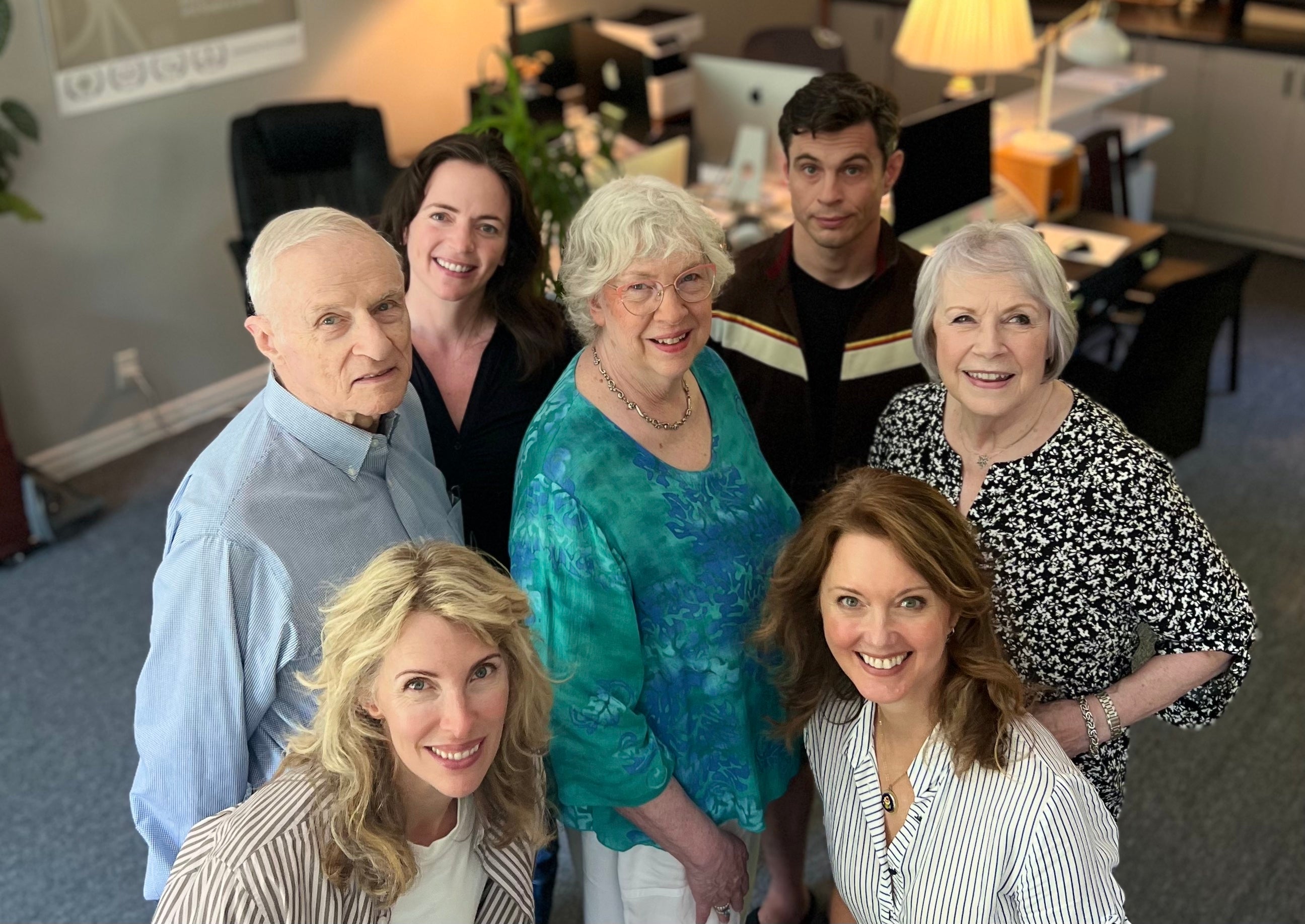

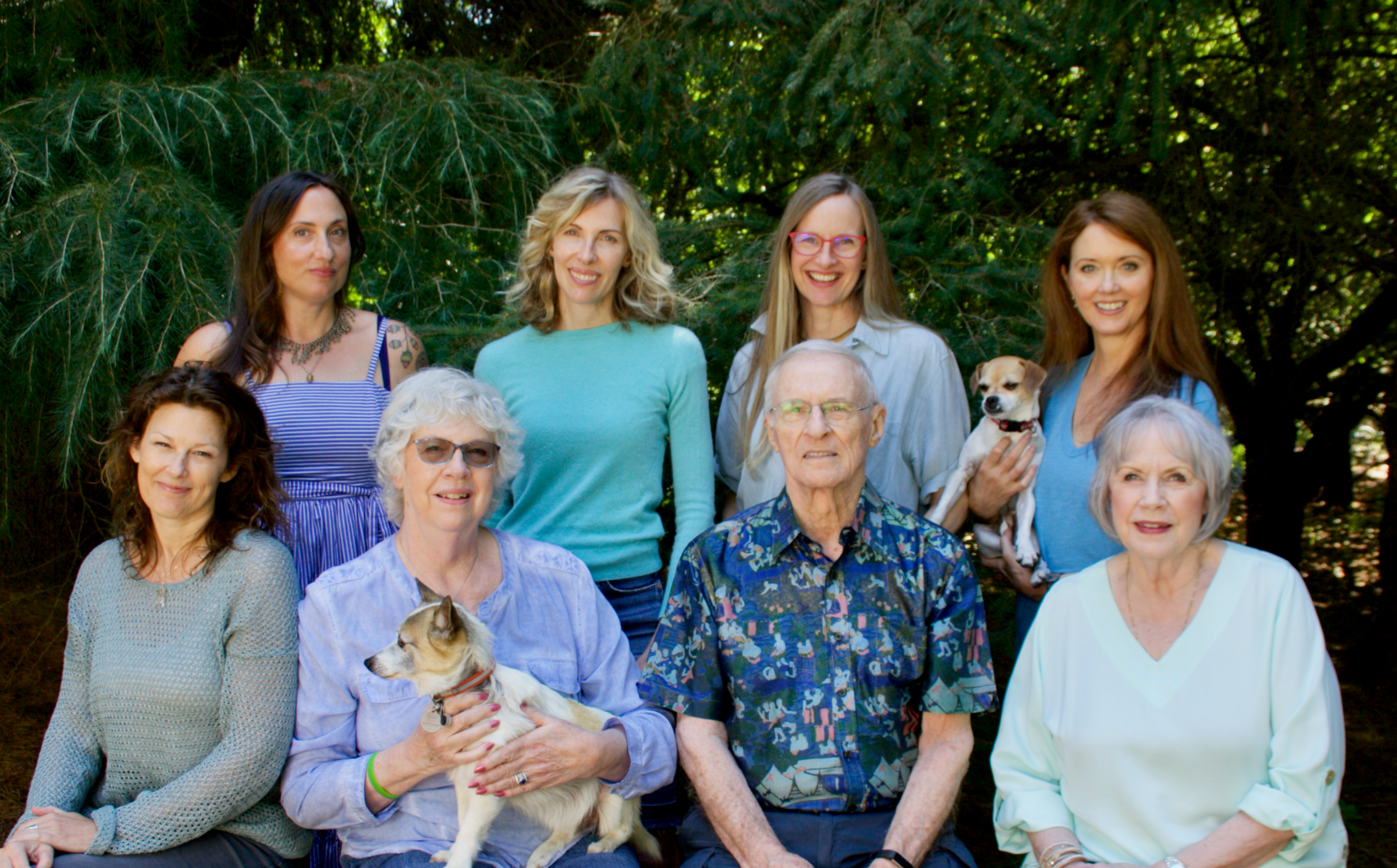
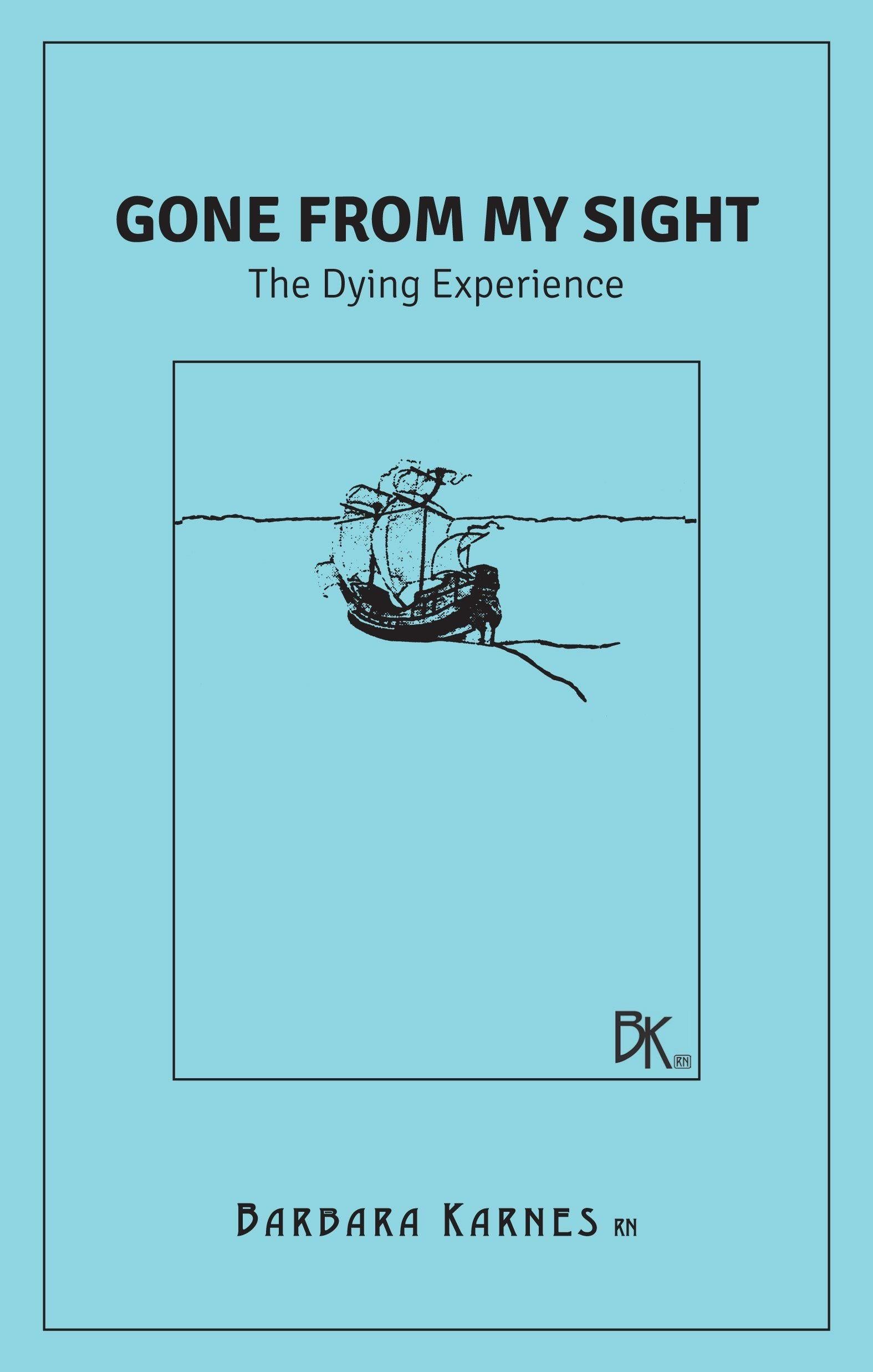

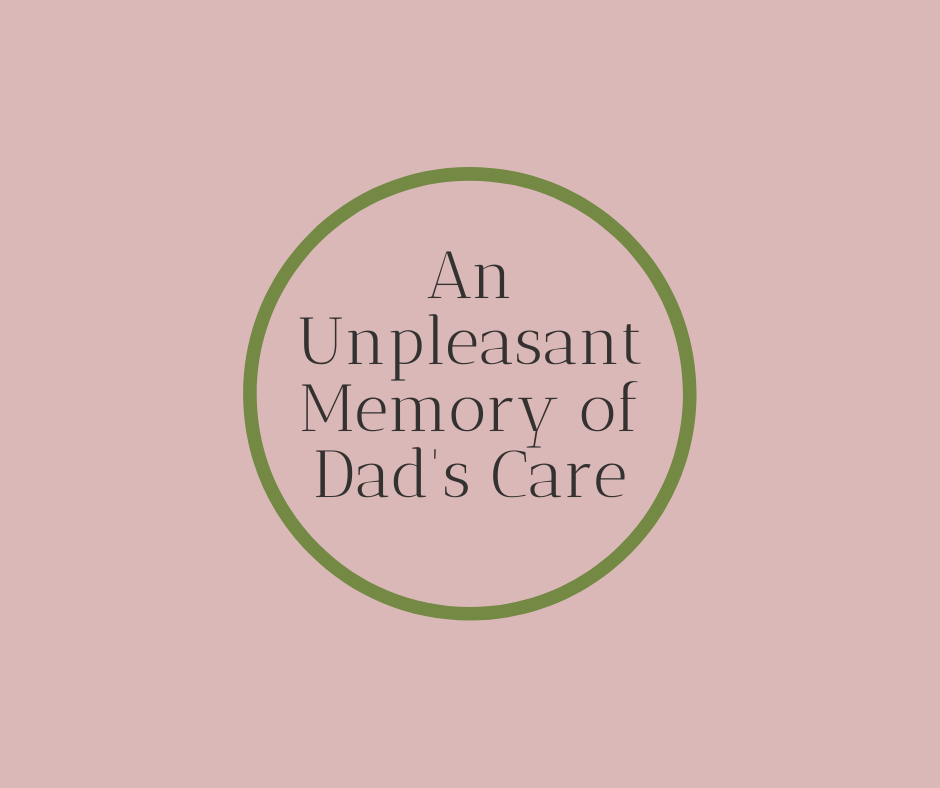
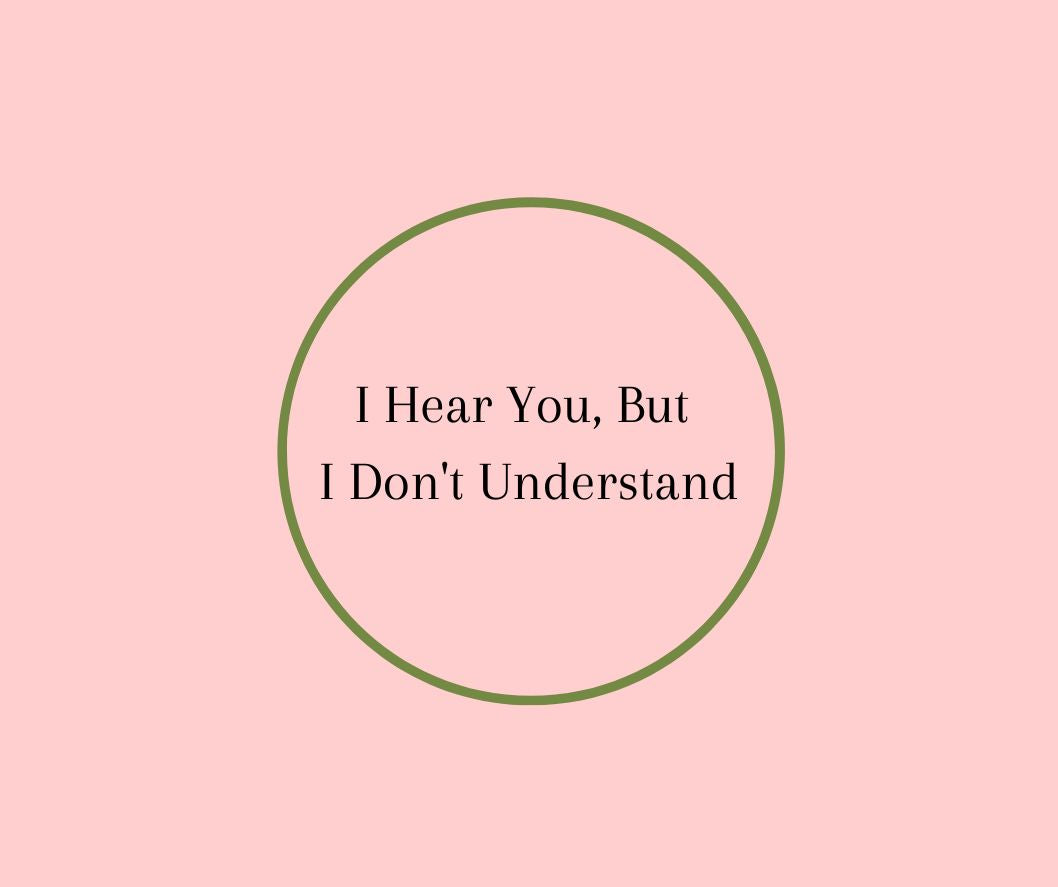
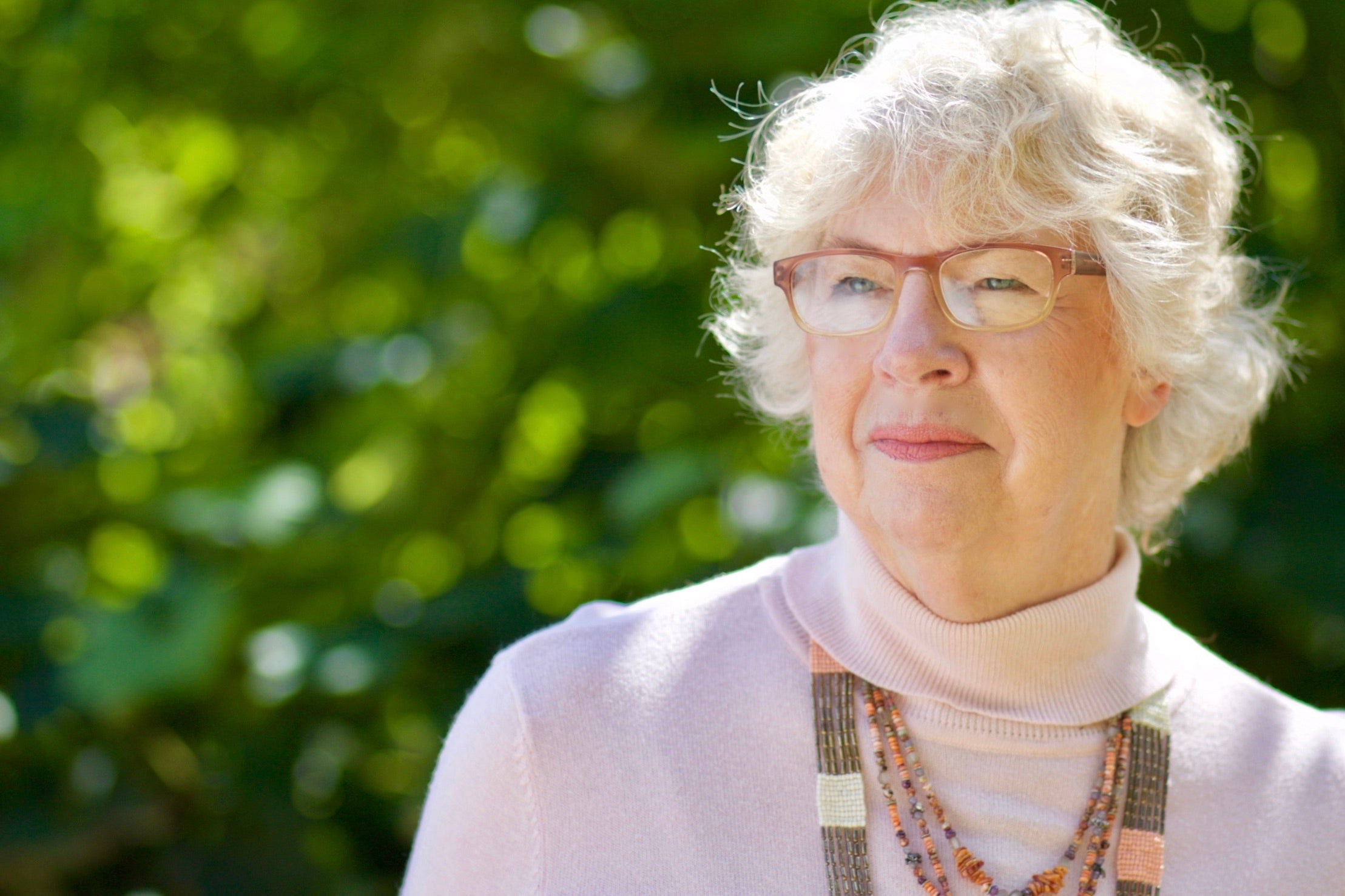
6 comments
christian wooden art
Thank you for posting this awesome article. I’m a long time reader but I’ve never been compelled to leave a comment.
I subscribed to your blog and shared this on my
Twitter. Thanks again for a great post! https://www.christianwoodenart.com
Thank you for posting this awesome article. I’m a long time reader but I’ve never been compelled to leave a comment.
I subscribed to your blog and shared this on my
Twitter. Thanks again for a great post! https://www.christianwoodenart.com
Jacqueline
My sisters & I were given ‘Gone From My Sight’ 16 years ago by hospice when our Mom passed. I still find comfort in reading the booklet when feeling sad and have shared a copy with friends to help bring understanding & peace to them as they experience loss. Thank you!
My sisters & I were given ‘Gone From My Sight’ 16 years ago by hospice when our Mom passed. I still find comfort in reading the booklet when feeling sad and have shared a copy with friends to help bring understanding & peace to them as they experience loss. Thank you!
Barbara
Hello Pashta,
Please give us a call in the office at 360-828-7132. We can look up your shipping on the USPS website for international and see if we can get a better deal for you.
Thank you for your interest!!
Barbara
Hello Pashta,
Please give us a call in the office at 360-828-7132. We can look up your shipping on the USPS website for international and see if we can get a better deal for you.
Thank you for your interest!!
Barbara
Pashta MaryMoon
Hi Barbara,
Are you aware that the only shipping option for Canada costs more than the booklets themselves (I wanted to buy 10 of them)? I don’t remember this being the case where I ordered your other booklets.
Blessings!
Hi Barbara,
Are you aware that the only shipping option for Canada costs more than the booklets themselves (I wanted to buy 10 of them)? I don’t remember this being the case where I ordered your other booklets.
Blessings!
Gerald Gillette
Your book Gone from my Sight truly helped my sister and I better understand our mother’s death. We sat and read it to each other and it provided comfort through understanding. Thank you for that.
Your book Gone from my Sight truly helped my sister and I better understand our mother’s death. We sat and read it to each other and it provided comfort through understanding. Thank you for that.
Derianna Mooney
I have known and read your books for years. As a volunteer with End of Life Choices (Compassion and Dying, and Compassion and Choices for 21 years and a former hospice nurse, I have had ample time to truly covet the booklets you prepare for those of us working in end of life care.
Thank you for your passion and your work and your succinct writing.
I am so grateful.
I have known and read your books for years. As a volunteer with End of Life Choices (Compassion and Dying, and Compassion and Choices for 21 years and a former hospice nurse, I have had ample time to truly covet the booklets you prepare for those of us working in end of life care.
Thank you for your passion and your work and your succinct writing.
I am so grateful.